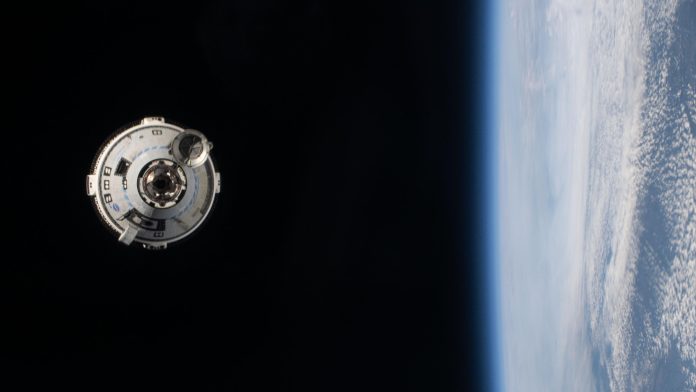NASA and Boeing again postponed the Starliner astronaut landing because of technical problems, according to Space.
The first mission of Boeing’s Starliner capsule astronauts has once again extended despite the fact that Starliner was due to return home on 26 June, but it will now stay aloft until at least 2 July. The additional time would enable the extent of a number of concerns with the ship to evaluate. Steve Stich, NASA’s commercial crew programme manager, said in an update on Friday night 21 June:
We are taking our time and following our standard mission management team process. We are letting the data drive our decision making relative to managing the small helium system leaks and thruster performance we observed during rendezvous and docking.
The current mission, known as the Crew Flight Test, launched on 5 June and sent NASA astronauts Butch Wilmore and Suni Williams to the ISS, where it arrived a day later. However, the journey was not entirely smooth, as Starliner experienced problems with five of its 28 RCS reaction control system engines during its approach to the station, although the four eventually restored.
CFT crew members noticed five small helium leaks in Starliner’s propulsion system. One spotted before launch but deemed not to be a major problem; four occurred after the capsule launched from a United Launch Alliance Atlas V rocket.
Starliner was due to stay at the ISS for about a week on this cruise, but on 9 June and thereafter on 18 June, the scheduled departure date shifted again, as late as 26 June. NASA now plans to conduct another spacewalk on 2 July and still intends to have this activity done before Starliner returns home. Stich said that NASA still has confidence in Starliner, while at the same time the repeated CFT extensions are not a cause for concern.
Starliner is performing well in orbit while docked to the space station. We are strategically using the extra time to clear a path for some critical station activities while completing readiness for Butch and Suni’s return on Starliner and gaining valuable insight into the system upgrades we will want to make for post-certification missions.
